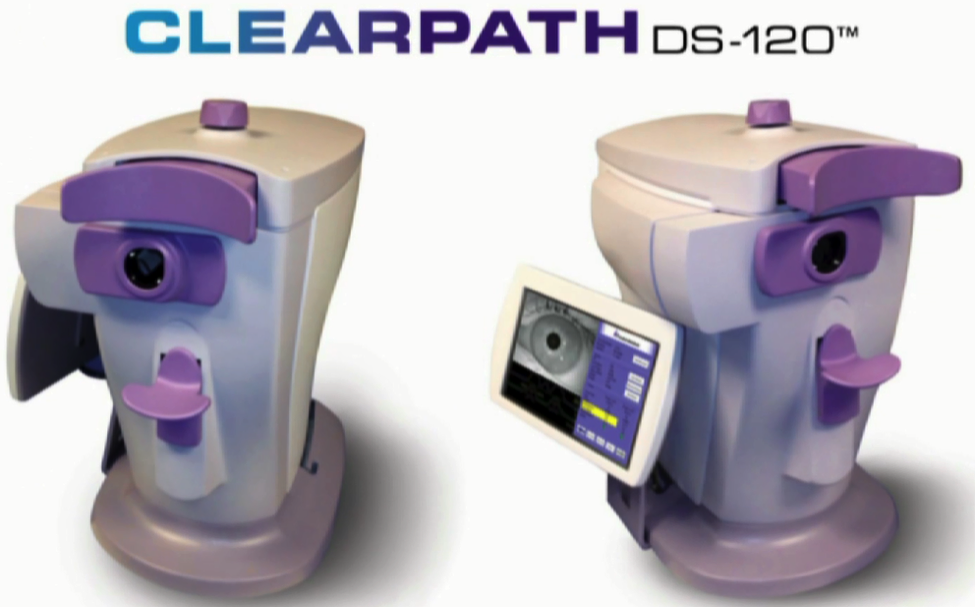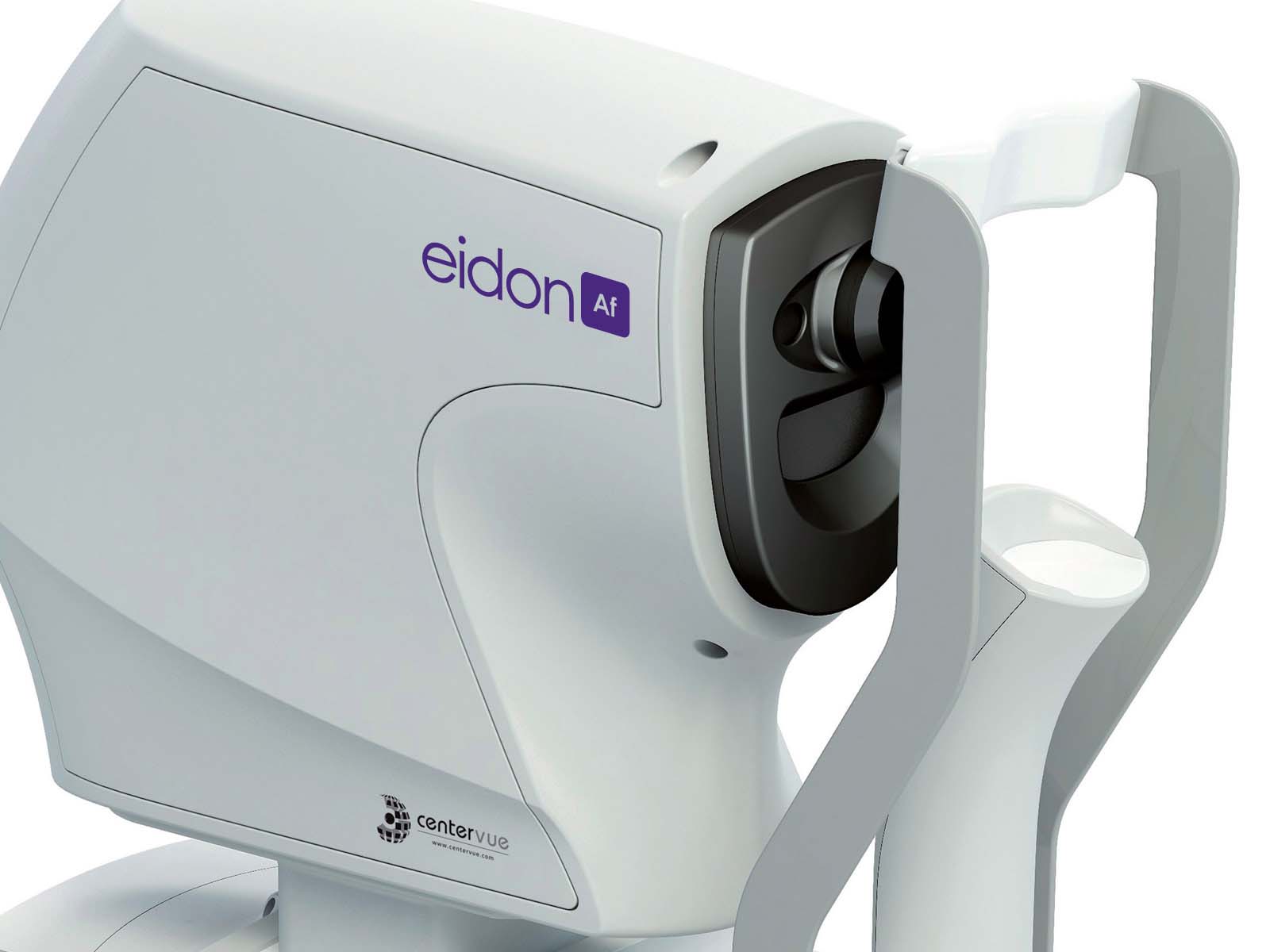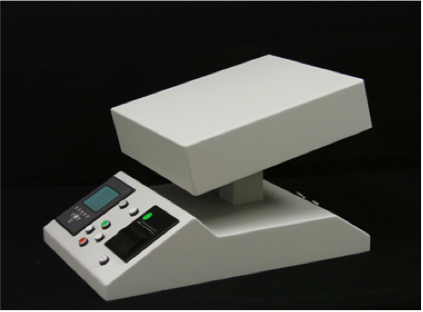services
Eye Diseases
Treatment of Eye Diseases
At First Eye Care Bedford we use the latest technologies to help determine risk factors for diseases such as diabetes, macular degeneration or other retinal diseases. Here are some of the specialized tests that we offer in the office:

First Eye Care Bedford is proud to feature the 4th ClearPath DS-120 Lens Fluorescence Biomicroscope in Texas. When we eat, one of the roles of the body is to properly process sugar. If this doesn’t occur, the extra sugars attach to certain proteins to form molecules called AGEs (Advanced Glycated Endproducts). These AGEs are stored within the crystalline lens and they glow when you shine a certain wavelength of light on them. The ClearPath DS-120 is an ophthalmic tool designed to quickly detect these proteins and compare the results to the norm. It only requires 8 seconds to complete the scan and the results are instant. According to the Centers for Disease Control and Prevention (CDC), 90% of 79 million people with prediabetes don’t know they have the condition. With this instrument, we have been able to help patients determine their risk factor for diabetes and increase awareness to promote a healthier lifestyle.

Bringing the most advanced technology to our patients, we recommend the Eidon true color confocal scanner as part of your comprehensive eye exam today. The Eidon retinal imaging system helps you and your eye doctor make informed decisions about your eye health and overall well-being. The retina is the inner-lining of the eye, like the film of a camera. It gathers all of the information that the eye takes in and sends it to the brain. It is the only place in the body where we can see blood vessels in their natural state. This means that in addition to eye conditions, signs of other diseases (for example, stroke, heart disease, hypertension and diabetes) can also be seen in the retina. Without a comprehensive eye exam, you may not be aware of a potential problem.

At First Eye Care Bedford, we utilize a macular densitometer to measure the amount of pigment found within the macula. This is useful to help predict a patient’s risk factor for Age-related macular degeneration (AMD). Reduced pigment levels are often associated with patients that smoke, have light-colored eyes, a strong family history of AMD, cardiovascular disease, and obesity. We recommend the densitometer in conjunction with a nutritional supplement to get a quantitative measure of wither the treatment is helping.
MacuHealth with LMZ3 is a patented natural eye health supplement consisting of the three primary protective pigments found in the macula. This nutritional supplement that contains all three components found in the Macula: Lutein, Zeaxanthin and Meso-Zeaxanthin. Taking this one small, easy-to-swallow softgel once a day has been clinically proven to restore macular pigments to normal levels for enhanced vision and vision protection for those suffering with age-related macular degeneration.